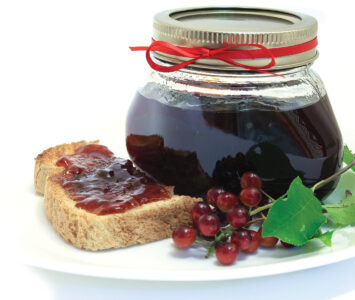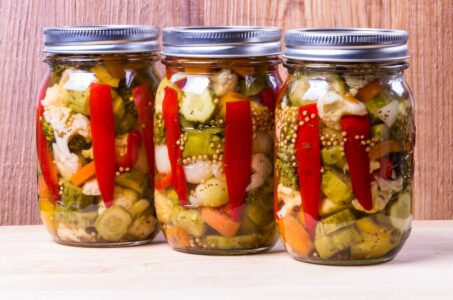My son-in-law and I were discussing wood burned in traditional cordwood stoves and he said that the instructions with his stove said most emphatically NOT to use driftwood. Any reason why?
The reason not to burn driftwood is that when organics such as wood are burned in the presence of chlorides, dioxin is created in the flue gas. Dioxin is referred to as a persistent, bioaccumulating toxin, meaning it doesn’t decompose, and it builds up in the tissues of the organisms that ingest it. Specifically it can concentrate in mother’s milk. It has been associated with various cancers.
Chemically, salt is sodium chloride, so salt-water driftwood is a big source of dioxin when burned. Other sources include the burning of plastics like PVC — poly vinyl chloride. There have been major efforts to ban the burning of salt impregnated wood along the coast of British Columbia. The forest industry would float logs down the coast to the big sawmills, then they would burn the resulting scrap in teepee burners. The dioxin emissions were spectacular. The risk of dioxin emissions when plastics are burned is one big reason why disposing of trash in burn barrels is also strongly discouraged. The dioxin story goes to show that some things about wood heating are not intuitive at all.
— John Gulland, contributing editor and co-host ofwww.woodheat.org






